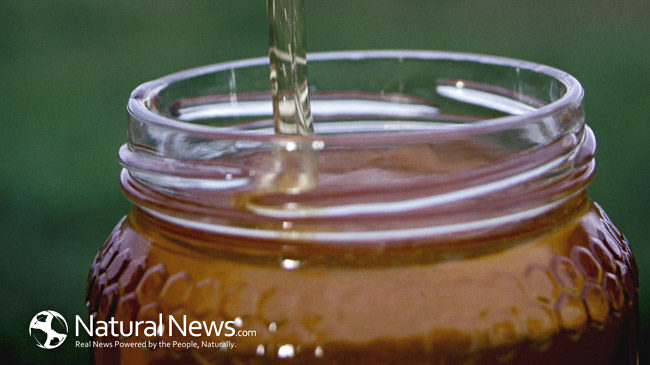The U.S. Food & Drug Administration (FDA) recently drafted new labeling guidelines for honey and honey products. The FDA advised firms on the need for proper labeling to deter misbranding or adulterations. The new guiding principle directed to honey manufactures, as well as those who label, process, and pack honey and honey goods, is to focus on labeling their products as a “blend” if they add sugar or any other sweeteners to their products. On the other hand, the FDA proposed guidance suggesting only manufactures who do not add sugar, sweeteners, or corn syrup to their honey products to label them as “pure” honey.
Labeling guidelines for “pure” honey
According to U.S. industry and government estimates, Americans consume close to 400 million pounds of honey every year. However, U.S. Department of Agriculture (USDA) data shows only 149 million pounds of honey were produced in the U.S. last year. This means much of the honey purchased by Americans is imported. A great deal of imported honey products contain other ingredients, like sugars, corn syrup, other sweeteners, and dangerous drugs. In response to this labeling issue and concern, the FDA established new labeling guidelines.
As far back as 2006, the American Beekeeping Federation, along with several other honey-related organizations, petitioned the FDA to help in promoting fair trade and offer a U.S. standard definition for natural sweeteners. The FDA denied their petition, claiming insufficient reasonable grounds for the FDA to give a standard for honey; however, they did say they were willing to look at providing labeling guidelines.
Dangers of imported honey
For decades, the FDA restrained the sale of honey containing adulterated honey from countries like Mexico and Brazil. On some occasions, FDA inspections of imported honey showed evidence of residues, such as fluoroquinolones and chloramphenicol.
Fluoroquinolones are antibiotics that may cause serious, sudden, and potentially permanent nerve damage. Chloramphenicol is primarily used to treat bacterial infections. The Mayo Clinic advises that chloramphenicol should only be used for serious infections where other medicines do not work. Both of these chemicals should not be in honey products. Nonetheless, the FDA found imported honey products containing these chemicals.
The new labeling guidelines issued by the FDA are not mandatory. Before the final guidelines are issued, manufacturers have 60 days to offer comments on the proposal. Even though the suggested labeling guidelines are not obligatory, be aware of the medication and products you buy and consume. For your safety and the safety of your family check labels and do research on the products you use and consume.












